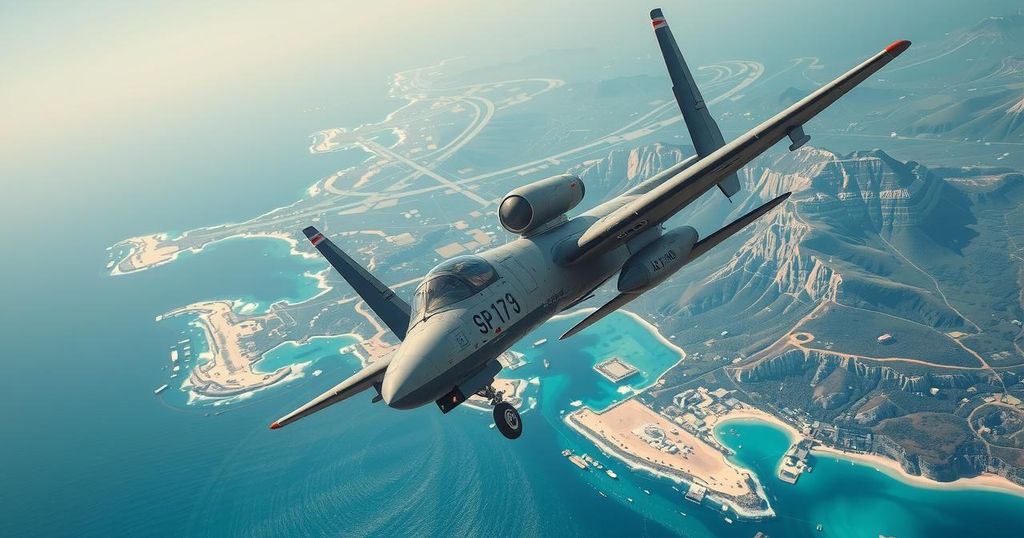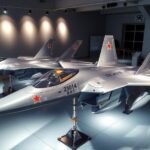U.S. Spy Plane Conducts Surveillance near China and North Korea Amid Rising Tensions
A U.S. RC-135V spy plane was spotted near China and North Korea, following North Korea’s hypersonic missile launch. The mission lasted over 11 hours and involved surveillance over critical areas, prompting protests from China regarding U.S. reconnaissance operations.
A U.S. reconnaissance aircraft, identified as an RC-135V, was recently observed conducting surveillance missions near the borders of China and North Korea. This flight occurred shortly after North Korea announced the successful launch of a new hypersonic missile, a development perceived as significant by international observers.
Operating from Kadena Air Base in Japan, the aircraft spent over 11 hours monitoring areas including the East China Sea and the Yellow Sea, returning with data that may be vital for U.S. military and intelligence assessments concerning regional threats.
Notably, the incursion into these zones prompted reactions from China, which has previously articulated its objections to what it describes as provocative reconnaissance operations by U.S. military forces. Following the sortie near North Korea, the spy plane was later spotted off the coast of Qingdao, where one of China’s aircraft carriers is stationed, indicating ongoing tensions.
The geopolitical landscape surrounding the Korean Peninsula and East China Sea remains fraught with tensions, particularly with North Korea’s advancements in missile technology. U.S. military surveillance in this region has intensified in response to these developments, aimed at gathering intelligence on North Korean capabilities and movements. The increased deployment of reconnaissance aircraft, such as the RC-135V, reflects the United States’ commitment to maintaining regional security and monitoring potential threats posed by adversarial nations, especially in light of recent missile tests by North Korea.
In conclusion, the recent flights of U.S. surveillance aircraft near China and North Korea underscore the ongoing strategic competition in the region. With North Korea’s continued evolution of its missile capabilities, the U.S. military’s intelligence-gathering missions are likely to persist. This development not only highlights the delicate balance of power in East Asia but also emphasizes the need for diplomatic channels to address security concerns and reduce tensions.
Original Source: www.newsweek.com








Post Comment